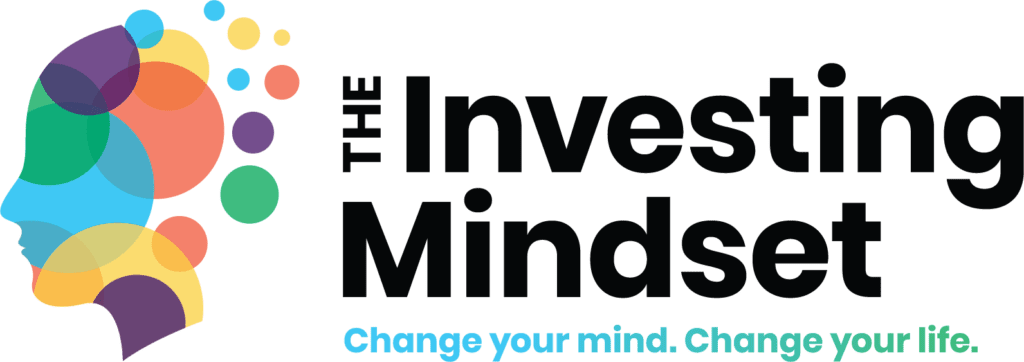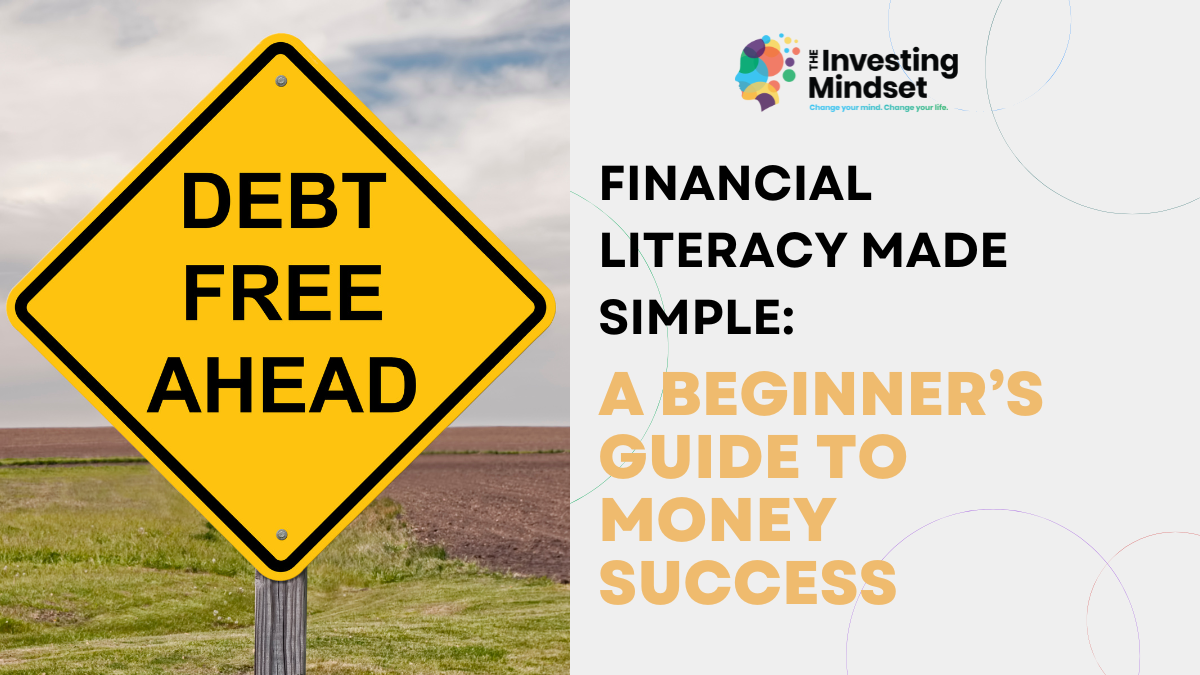Financial independence doesn’t happen by chance—it starts with financial literacy. This is the skill that allows you to make informed, confident decisions about saving, spending, and investing basics.
“Financial literacy is the foundation on which financial freedom is built.”
Why it Matters:
- A review of over 100 studies reveals that financial literacy education improves money habits over time.
- High school financial literacy programs lead to better credit scores and fewer loan defaults.
Individuals who combine financial knowledge with budgeting and self-control tend to make more informed investment choices and experience greater financial stability.
My Journey to Financial Literacy
Everyone’s financial journey begins somewhere. For me, it started as a teenager when I first saw a checkbook. By 20, I had opened my first savings account and committed to saving part of my allowance and income from holiday jobs.
Those early habits gave me a sense of control and confidence. That’s why the first step to becoming financially literate is simple: open a savings account and make saving a regular habit.
Even if it’s $10 a week, consistency matters more than the amount. Set up auto-transfers, so you save before you spend—not the other way around.
Understanding Cash Flow: The Heart of Financial Literacy
Once you’ve started saving, the next step is understanding cash flow—how money moves in and out of your life.
Positive cash flow means you keep more than you spend.
Negative cash flow means you spend more than you earn.
Tracking cash flow helps you spot patterns, manage your budget, and make better investment decisions—key skills for anyone improving their financial literacy.
Turning Savings into Investments
Saving money is important, but growing your wealth requires investing. Once you have a basic emergency fund (typically 1–3 months of expenses), it’s time to look beyond your savings account.
Start by:
Opening a brokerage account with a platform like Fidelity, Vanguard, or Robinhood.
Learning about low-risk options like index funds or ETFs.
Starting small—investing just $50–$100 a month helps build confidence.
Even small investments teach you about:
Risk vs. reward
How compound interest works
How to stay calm during market ups and downs
The sooner you start, the more time your money has to grow.
Learn From Financial Literacy Classics
Some books have shaped generations of money-minded people:
The Richest Man in Babylon by George S. Clason – Timeless principles of saving, paying yourself first, and building wealth slowly and wisely.
Rich Dad Poor Dad by Robert T. Kiyosaki – A powerful mindset shift on assets vs. liabilities and how the rich view money.
The Millionaire Next Door by Thomas J. Stanley and William D. Danko – Research-backed habits of everyday millionaires who live modestly and consistently invest.
Don’t just read them but be sure to apply the takeaways. Choose one idea per book to put into action in your own financial life.
Numbers Don’t Lie: Measuring Your Financial Health
Your financial statements are a clear reflection of your habits. They reveal whether you’re building assets or accumulating debt.
Focus on two critical measures:
Income vs. Expenses – Are you living within your means or dipping into savings or credit?
Assets vs. Liabilities – Do you own more than you owe?
These simple calculations help you:
Know where you stand.
Set realistic goals.
Track progress and celebrate wins (even small ones!).
Pro tip: Use free net worth calculators or create your own spreadsheet to track these metrics monthly or quarterly.
The Four Building Blocks of Financial Literacy
Breaking your finances into four categories makes money management easier:
- Income – Salary, business earnings, dividends, royalties.
- Expenses – Bills, living costs, loan payments.
- Assets – Investments, property, valuable resources.
- Liabilities – Debts, mortgages, credit cards.
To achieve financial independence, your goal is to build assets that generate enough income to cover expenses without relying entirely on a job.
Putting Financial Literacy Into Action
Here’s how to start today:
- Open an account and track all income and expenses.
- Review your finances monthly to monitor progress.
- Track daily spending for at least a month.
- Live below your means—spend less, save more, invest the rest.
- Commit to steady improvement, not perfection.
“Small, consistent steps are what turn dreams of financial freedom into reality.”



